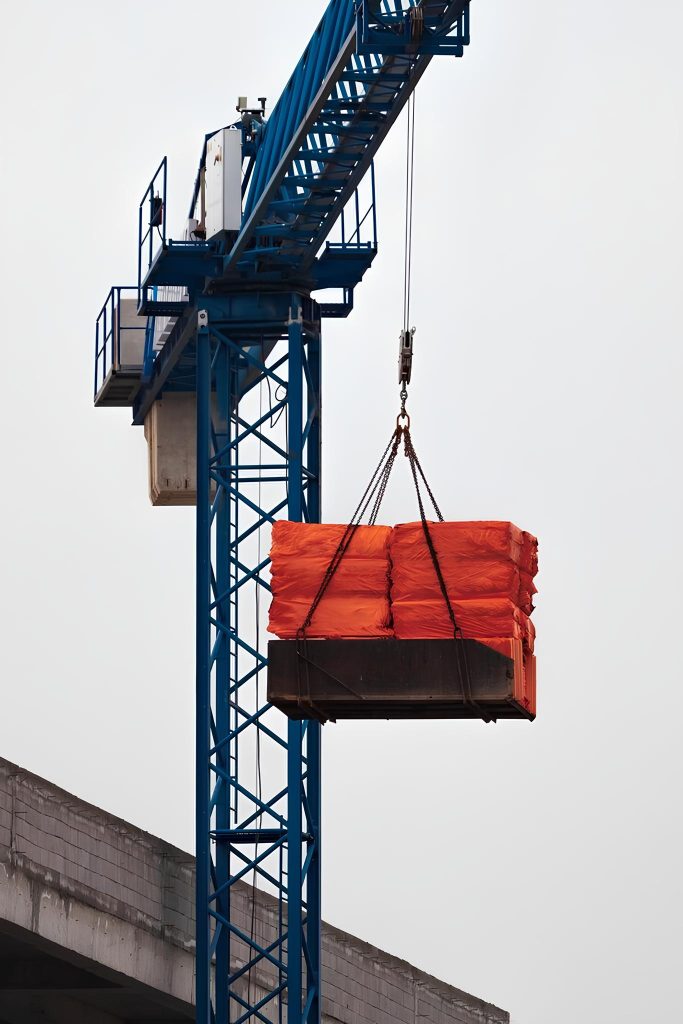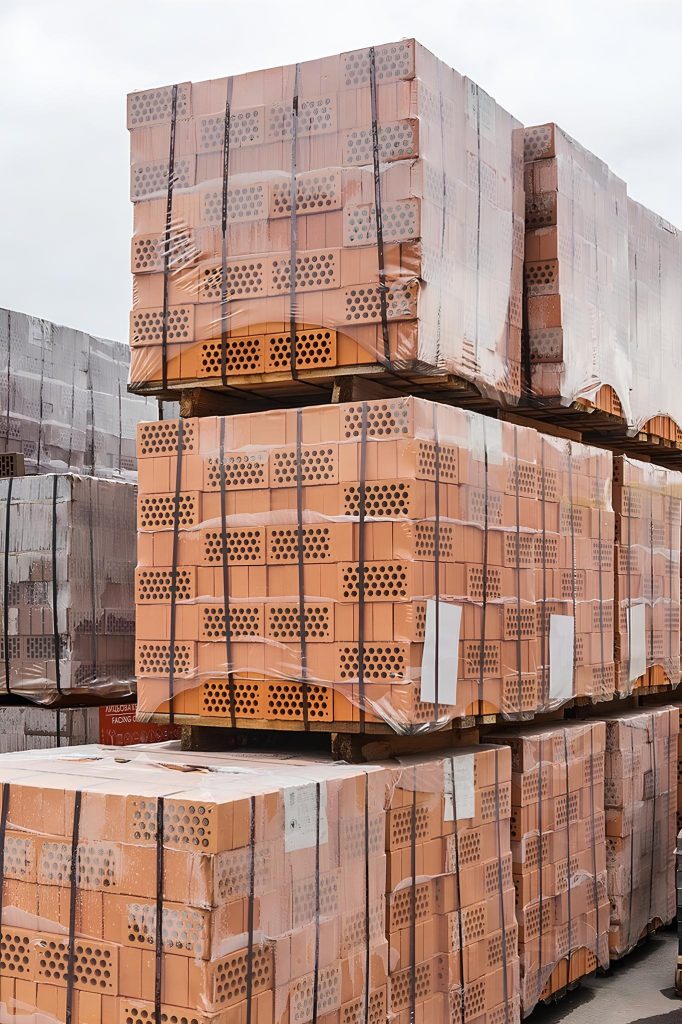How Do Construction Companies source Construction Materials Efficiently?
Imagine you’re standing at a construction site. The crane is lifting, the crew is prepping foundations, and all the materials—from the steel beams to the paint cans—are right where they need to be. But have you ever wondered how all those construction materials actually get there?
Behind every great building project is a carefully orchestrated supply chain, and getting it right can mean the difference between profit and panic. Let’s dive into how construction companies secure their materials—and why it’s more than just a shopping list.






